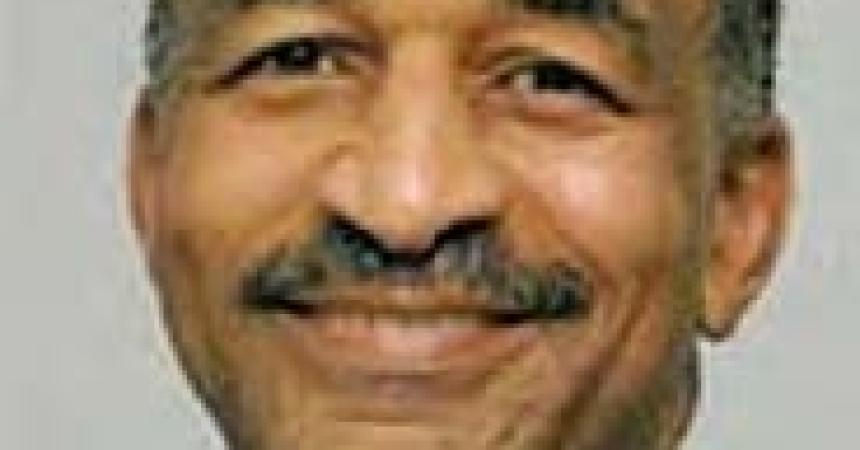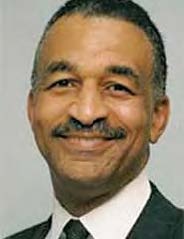
From Black power to green power
By James Clingman
George Curry Media
Have you ever wondered what happened to Black Power? Remember the days of the clinched fist, the afro, the dashiki, and black berets? Remember Stokely Carmichael, Angela Davis, Huey P. Newton and Bobby Seale, Eldridge Cleaver, H. Rap Brown, and the Black Panthers? How about Shaft and Foxy Brown? Black was beautiful and “powerful” back then, right?
If you were around in those days, and even if you were not, you will also recall J. Edgar Hoover’s Counter Intelligence Program, otherwise known as COINTELPRO. It kept watch on MLK, Malcolm, and any Black person who stood up and spoke out against injustice and had the temerity to actually fight for Black Power. Those were the days, right? Wrong. Ask Tommie Smith and John Carlos.
Years before Hoover began his COINTELPRO tactics against those mentioned above, he set up a scheme to destroy the man many believe to be the progenitor of real Black Power: Marcus Mosiah Garvey. Hoover called Garvey a “notorious negro agitator,” and did everything he could to dig up dirt on him. Historian, Theodore Kornweibel, said, “Hoover and the Justice Department were clearly hooked on a fixation on Garvey which would before long become a vendetta.”
Hoover had relied on part-time Black informants to track Garvey’s movements and U.N.I.A. activities. Ironically, in December 1919, his determination to go after Garvey led Hoover to hire the first Black agent in the Bureau’s history, James Wormley Jones. “His job,” says Kornweibel, “was to go into Harlem and infiltrate the Garvey movement and find evidence that could be used to build the legal case for ultimately getting rid of Garvey.” We know what happened to Garvey when Hoover and his gang found that Garvey would not buckle and was not about to sell his people out.
Notwithstanding Garvey’s refusal to sell out, many of our “leaders” in the glorious 1960s, those who chanted “Black Power,” were conquered by green power. Hoover was doing his thing on an even larger scale, from character assassination to murder, and in a relatively short period of time, we looked around and saw former militant Black folks writing proposals to get funding for social service agencies and all of a sudden going from hardcore freedom fighters to CEO’s and presidents of those organizations.
Green power worked the best among all of Hoover’s tactics. A few “guvment” dollars here and there and voila! No more Black Power. Don’t get me wrong, there were those who remained faithful to the principle of Black Power, but their numbers slowly dwindled due to lack of funds and certainly the murders on George Jackson and Fred Hampton. Hoover wasn’t playing, but the “guvment” was paying. “Party over here!”
Some of the problems for Black Power advocates back then can be attributed to several things. An article on PBS, American Experience, explained it this way: “Originally motivated by goals of quick reforms, 1960s activists were ill-prepared for the long-term struggles in which they found themselves. Overly dependent on media-oriented superstars and one-shot dramatic actions, they failed to develop stable organizations, accountable leadership, and strategic perspective. Creatures of the culture they so despised, they often lacked the patience to sustain tedious grassroots work and painstaking analysis of actual social conditions. They found it hard to accept the slow, uneven pace of personal and political change.”
“What proved most devastating in all of this was the effective manipulation of the victims of COINTELPRO into blaming themselves. Since the FBI and police operated covertly, the horrors they engineered appeared to emanate from within the movements. Activists’ trust in one another and in their collective power was subverted, and the hopes of a generation died, leaving a legacy of cynicism and despair which continues to haunt us today.” (Source: How COINTELPRO Helped Destroy the Movements of the 1960s)
Hoover’s 48 years as FBI Director taught him, and influenced even presidents, that Black Power could be diffused, first through the use of force, trumped up criminal charges, and clandestine subterfuge, but later through the use of green power. Pay off a few Black folks and eliminate or at least minimize the positive effects of Black Power as we know it.
A great example of this truth is “Little” Al Sharpton, now his alter-ego to “Big Bad” Al Sharpton. He didn’t have a lot of money, but he had a lot of bluster. He called someone out on Morton Downey’s TV, referred to him as a “punk-faggot,” while he fought for Black folks (at least that’s what we thought). He went from Black Power to green power, to the tune of $750,000 on MSNBC. “Sharp” move, wasn’t it?
Let’s use our own green power to fund and support the Black Power we seek.
Jim Clingman, founder of the Greater Cincinnati African American Chamber of Commerce, is the nation’s most prolific writer on economic empowerment for Black people. He can be reached through his website, blackonomics.com. He is the author of Black Dollars Matter: Teach Your Dollars How to Make More Sense, which is available through his website; professional publishinghouse.com and Amazon Kindle eBooks.







